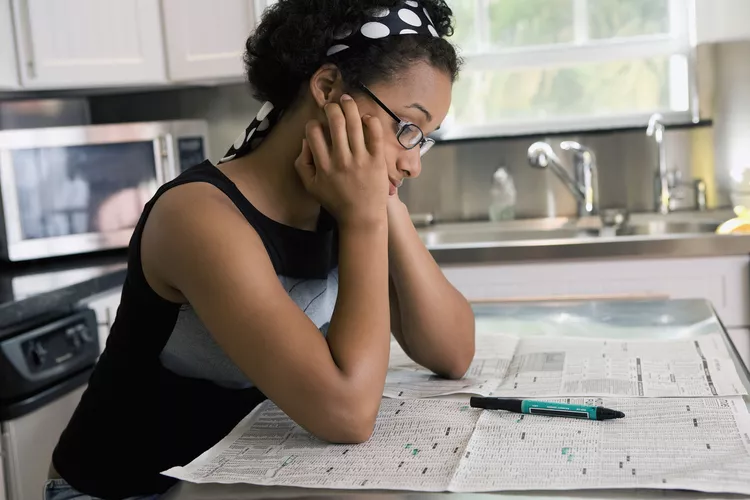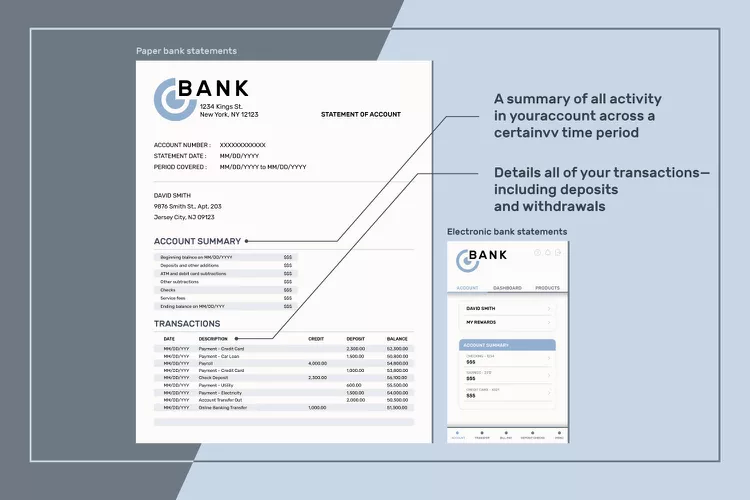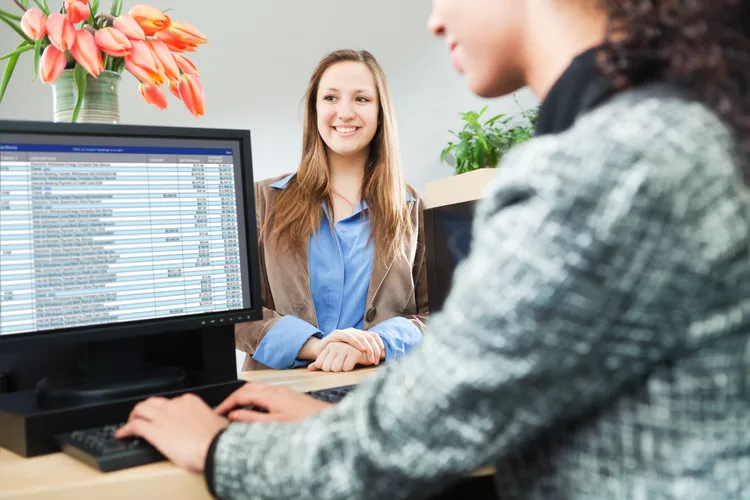
Facebook Messenger isn’t only for chatting. Facebook Messenger allows you to send money (and receive payments) from friends. This is a good option if you use Messenger a lot.
Facebook Messenger Payments: How They Work
Facebook Messenger can be used on your desktop computer or you can make payments in the app from a mobile phone. Payments are free, whether you’re sending or receiving money.
Note:
Facebook Messenger allows you to easily share the cost of a purchase with multiple people. If you are planning a Facebook group outing, for example, participants in the group discussion can reimburse someone who pays and organizes a booking fee.
Messenger is a great way to make payments, but there are a few requirements:
- You must have an active Facebook Account.
- Funding payments is done with a Visa or MasterCard debit card issued by a U.S.-based bank, or a PayPal Account. Some prepaid cards will work as well.
- To use this service, you must be at least 18 years old.
- 1
How to Send Money
Facebook makes it easy to send money. It’s almost as simple as sending a message. You can send money through Facebook’s Messenger app or the website.
- Start a conversation with the person who you wish to pay in Messenger.
- Click the “+” symbol for more options.
- You can view the payment screen by clicking on the “$” symbol.
- Enter the amount that you wish to send.
- Click the “Pay” button in order to send money.
Make Your First Payment
You will need to enter funding information the first time you use Messenger Payments. This information is easy to enter as you make a payment. However, you can also change or add funding methods within Facebook’s settings.
Enter your debit card number, PayPal account details, and any other information required. You can also set up a Personal Identification Number to prevent unauthorized transactions. Select a code which is difficult to guess, and which no one else knows. You can add extra security by requiring a matching fingerprint or facial recognition.
Note:
Payments made with debit cards are taken out of your account almost instantly. Before you pay with Facebook Messenger, make sure that you have enough funds in your account. This will help you avoid any overdraft fees, bounced check, or other problems.
How to Receive Money
Facebook will immediately send the money you received to your linked PayPal or debit card. It may take three business days before the money appears in your account.
Please provide your account information
You will need to enter your PayPal or card information if you do not yet have an account linked. Once you’ve done this, all future payments will go to your linked account.
If You Need Money Quicker
If you want to spend the money immediately, Zelle could be a good alternative to Messenger payments. Zelle transfers usually take minutes to complete because funds are transferred directly from one bank account to another. Zelle may be available through your bank. Payments clear quickly if both your bank and that of the sender work with Zelle.
Are Facebook Messenger Payments Safe?
Facebook says that your money and information is secure. It’s important to be cautious when money is involved.
Beware of Fraud
Messenger payments cannot be canceled, but recipients can reject them voluntarily if they make an error. Facebook offers limited protection to consumers when they buy through Messenger. 4 It’s best not to assume the money has been spent.
Note:
Pay only people you trust and know with Facebook Messenger. Verify someone’s identity twice (impostor Facebook accounts are a constant possibility) and watch out for common money scams.
Account Security
Establish a PIN to protect yourself when making payments through Messenger (or, if your device supports biometric security), or use the app’s built-in security. Messenger only supports certain devices that have biometric features like Touch ID or facial recognition. It’s important to use biometric and PIN security when available.
Data Security
Facebook states that all personal information and account data are encrypted. The company also uses anti-fraud technologies to minimize the risk of theft. Facebook stores your financial data separately from the basic profile information, which is ideal if there were a breach.
Even robust systems are vulnerable to hacking.
You can also find out more about Privacy.
Online privacy is a major concern. If you share all your information on Facebook, and are not worried about privacy, then a little bit of financial data might not be important.
Data can still be mined and analysed in unexpected ways. Be careful how you send or receive money. When you send money through Messenger, Facebook shares your name, photo and payment amount with the recipient. The transaction data is stored on Facebook servers.
Note:
All group members will be able to see the payment details. If this bothers you, pay individually.
Account Monitoring
Facebook is not the only account you should monitor. You also need to check your linked funding account (such as your checking account or PayPal). Subscribe to automated alerts so you’re always aware of withdrawals. Notify your bank immediately if any transactions are not familiar.
FAQs (Frequently Asked Questions)
What is the maximum amount of money you can send via Facebook?
Facebook does not advertise payment limits for the Facebook Pay service. You can send up to the amount of money in your checking account.
Why can’t you send money to someone on Facebook?
Payments will also fail if the recipient rejects the transaction or if you are trying to send money to someone in another country. Payments can also fail if your recipient rejects it or you try to send money overseas.
What is the cost of sending money through Facebook Messenger?
The service is free for all users. All users can use the service for free.
You may be charged a fee by your bank.











